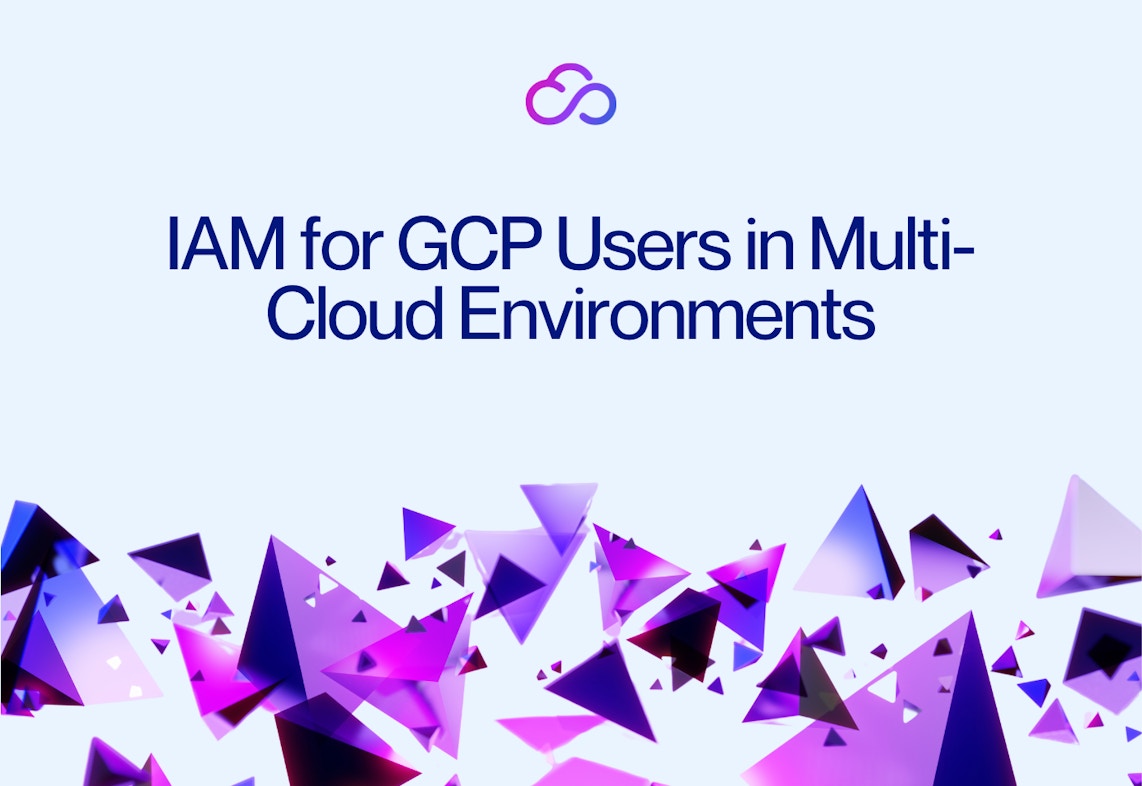


Back to resources
How to Avoid a Costly Data Breach in AWS with Automated Privileges
January 2023 / 6 min. read /

An AWS data breach can have significant consequences, damaging an organization’s reputation and triggering an unpredictable and costly chain of events. Although AWS offers a highly secure cloud infrastructure, it operates on a shared responsibility model. For most of their services, the burden of correctly configuring and managing security in AWS rests on the customer. For this reason, customers must be fully aware of the potential fallout of an AWS data breach and implement automated privileges and other cloud security best practices to minimize the risks of compromise.
The Cost of an AWS Data Breach
In an AWS breach, attackers can gain access to sensitive data and systems, creating repercussions that can negatively impact operations and even threaten the viability of the business. Here are four common consequences of a data breach.
Operational disruptions
Today, most businesses have a large part of their operational systems running in the cloud. As a result, a data breach can have far-reaching, long-lasting implications. Operational disruptions often occur when ransomware locks down critical systems or takes the company website offline.
Loss of trust
A business’s most important asset is the trust of its customers and partners. A relationship may take years to build, but it can be destroyed much more quickly, especially when the business fails to protect sensitive data. The impact of this type of data loss extends far beyond a short-term drop in profits, requiring years to bring a customer base or partnership program back up to pre-breach levels.
Regulatory fallout
If the compromised data is subject to governmental or industry regulations, the financial impacts of a data breach can grow significantly. For example, businesses that must comply with consumer data privacy regulations such as the European Union’s General Data Protection Regulation (GDPR) can be subject to fines of up to 20 million euros or four percent of total global revenues.
Lost revenue
Disruption of business operations, erosion of customer trust, and potential regulatory scrutiny inevitably lead to a drop in revenue. Especially for small- to medium-sized businesses, this loss of revenue can be difficult to recover from — according to the SEC, over half of small and midsized businesses that are hacked go out of business within six months. And a Comparitech study found that companies listed on the New York Stock Exchange that had experienced major data breaches were still underperforming the market by more than 15% three years later.
Enhancing Organizational Security with Automated Privileges
Although not even the most comprehensive data security strategy is foolproof, many data breaches in AWS and other cloud platforms are avoidable with the right tools and security policies in place. Automated privileges, also referred to as automated provisioning, is the ideal way to grant and manage access to IT resources, data, and tools. Privileged access management (PAM) platforms are an essential tool for automating privileges and managing permissioned access in multi-cloud environments. Here’s how PAM solutiosn work to shrink your attack surface.
Automates enforcement of organizational access policies
The consistent enforcement of resource access policies is one of the most important components of cloud security. Automated provisioning enables IT admins to reliably execute company access policies, ensuring only authorized users have access to sensitive data and systems.
Eliminates manual provisioning errors
Manually onboarding new users introduces opportunities for misconfiguring privileges and can create potential security vulnerabilities. In addition, when an employee leaves the organization or changes roles, businesses still relying on manual processes may not take immediate action to end or modify the user's access privileges. Automated provisioning ensures new users are automatically assigned the correct permissions, adjustments are made when access needs change, and privileges are revoked when employees leave. PAM platforms enforce these changes as part of a consistent and automated process that eliminates reliance on manual operations.
Provides a centralized view of user access and identity
Automated provisioning provides security teams with a comprehensive, centralized view of who has access to what cloud resources and how they’re being used. Especially for organizations using a multi-cloud strategy, PAM platforms play an essential role in tracking user access across the entire organization, making it possible to right-size user privileges and monitor for and address privilege creep.
Simplifies access tracking and auditing
Within each cloud provider’s identity and access management (IAM) platform, the PAM platform not only automates provisioning by granting user access to tools and applications based on their roles and permission levels, but also logs access to those resources. This allows security teams to proactively monitor user access to resources and systems, making it possible to analyze access changes and policy drift, spot and address risky behavior, and conduct post-incident investigation of identity-based incidents.
Easy to scale
As organizations grow, manually managing users across an increasingly diverse mix of cloud-based applications and services can quickly bog down IT resources with time-consuming, low-value tasks. In contrast, automated provisioning allows new users to access required resources quickly, without relying on inefficient, manual operations to get up and running, no matter how large an organization is.
Additional Tools for Avoiding an AWS Data Breach
Automating user privileges is an effective way to harden your cloud security stance. But there are other tools that can help avert an AWS data breach. These three privileged access management strategies complement automated user privileges to reduce a business's potential blast radius.
Zero Standing Privileges (ZSP)
Static privileges provide always-on access to resources, even when users don’t require them, such as evenings and weekends. This opens up exponentially more opportunities for bad actors to use these credentials for access. Zero standing privileges (ZSP) operates on the premise that no user has always-on access. Instead, all permissioning is provided on an as-needed, time-limited basis.
Just-In-Time permissioning
Just-in-time (JIT) permissioning provides users with access to cloud resources only when needed, with access automatically expiring after the minimum time required to complete the task. If users require additional time, they can request renewed access. In contrast, traditional permissioning leaves the door propped open, even when not in use. JIT permissioning automatically closes the door when it is not needed, making compromised user credentials much less useful to malicious actors.
Secrets governance
Digital authentication credentials, or secrets, are used by cloud apps and services. Secrets include user passwords, keys, APIs, and tokens. Improperly secured static secrets create a significant security risk. Dynamically generated secrets are created on-demand and expire automatically. The fleeting nature of these secrets greatly reduces the security risk they present.
Strengthening Security in AWS with Automated Privileges
Automated privileges play an important role in preventing an AWS data breach. With a cross-cloud reach, a PAM platform automates the enforcement of resource access policies across a business’s entire cloud infrastructure, eliminating manual processes and providing IT admins with a centralized view of how users access and use resources. In addition to automated provisioning, this modern cloud security solution provides a number of other security capabilities including Zero Standing Privileges, JIT permissioning, and a centralized tool for managing and protecting digital secrets.
Read Achieving Just-in-Time Privileges in Multi-Cloud Environments to learn how automated privileges can be applied in a cross-cloud environment.

